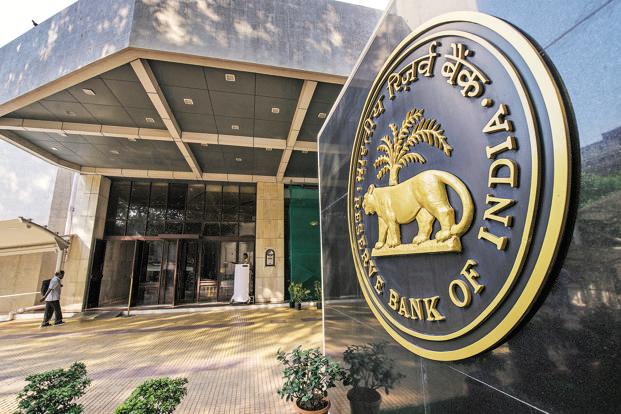India’s largest bank State Bank of India reported a net loss of Rs 7,718 crore for the March quarter, primarily due to a surge in provisions, as has been reported by media.

This was the highest quarterly loss figure reported by any bank after Punjab National Bank’s Rs 13,417 crore loss reported for the March quarter last week.
A Reuters’ poll had estimated the bank to report a loss of Rs 1,270.5 crore, as against a net profit of Rs 2,814.82 crore reported in the same quarter last year.
ALSO READ: Different Types Of Business Loans That One Could Opt For
Indian public sector banks’ (PSB) bad loans soared 1.5 times, from Rs 2.67 lakh crore ($39.99 billion) on March 31, 2015, to Rs 6.89 lakh crore ($103.21 billion), as has been pointed out by an India Spend report.
Why the surge in provisions?
Provisions saw a surge to Rs 28,096 crore during the reporting quarter, more than twice the amount reported in the corresponding quarter last year.
The rise in provisions was mainly because the bank had to provide more for bad loans, the losses it incurred on trading, and for mark-to-market losses due to a rise in bond yields.
“Our bank has consciously chosen not to avail the mark-to-market loss dispensation (to spread across four quarters) and taken it all at once as we see bond yields rising further,”
the bank’s Chairman Rajnish Kumar said.
The chairman said that SBI has provided for 56 percent of its exposure to the first 12 companies referred to the National Company Law Tribunal by the Reserve Bank of India last year, but said he does not expect the loss to exceed 50-52 percent of the total exposure.

He added that the bank’s provision coverage ratio was 5 percent higher year on year at 66.17 percent, and is now among the best in the industry.
Other factors that weighed on the lender’s bottom line were a revision in wages and an enhancement of the gratuity ceiling.
Around 57 percent of SBI’s domestic loan book is now made up of retail loans and that corporate loans make up the remaining 43 percent. He also said that the share of higher-rated corporates was higher than before.
NPAs
SBI’s gross non-performing assets, as a share of its loans, grew 56 basis points sequentially to 10.91 percent at the end of March. This was over 400 basis points higher than at the end of March last year.
Net NPAs as a percentage of the bank’s loan book came in at 5.73 percent, 12 basis points higher than at the end of the December quarter, and just over 200 basis points higher than at the end of March last year.
The bank’s watchlist has increased to Rs 25,802 crore, from around Rs 10,000 crore earlier, as it now includes accounts that fall under the SMA2 category, Kumar said.
For a loan to be categorised as SMA2, repayment has to be overdue by more than 60 days.
NII, NIM, and other income
SBI’s net interest income (NII) which is the difference between interest earned and interest paid, grew 10.53 percent year on year to Rs 19,974.28 crore.
The bank’s domestic net interest margin (NIM) declined 26 basis points year on year to 2.67 percent. However, it was marginally higher than the 2.61 percent reported for the December quarter.
The lender’s non-interest income improved 2.23 percent to Rs 12,222 crore, backed by a 13 percent rise in fee income.
“This is a year of hope and financial year 2020 you can consider to be a year of happiness,”
Kumar said at the post-results press conference.
ALSO READ: Cash Crunch In Telangana and AP; Money Being Shipped From Kerala, TN To Fill Dry ATMs









